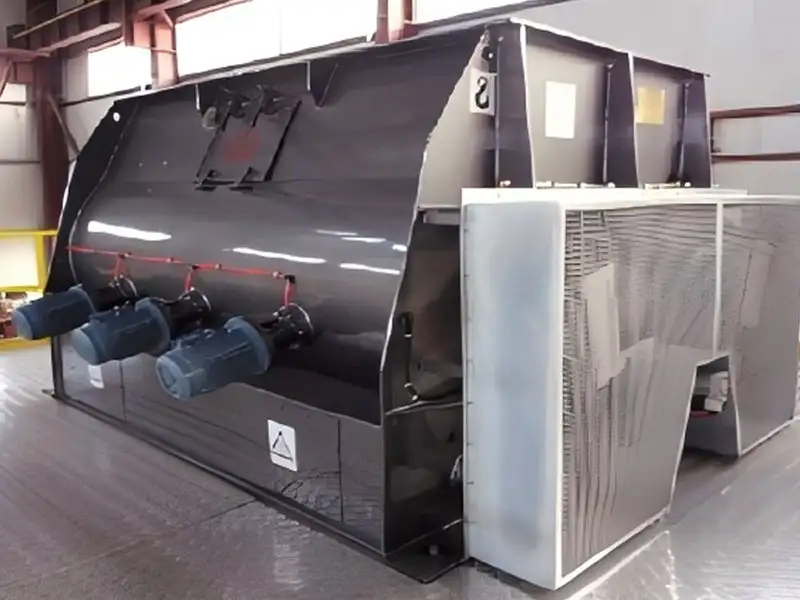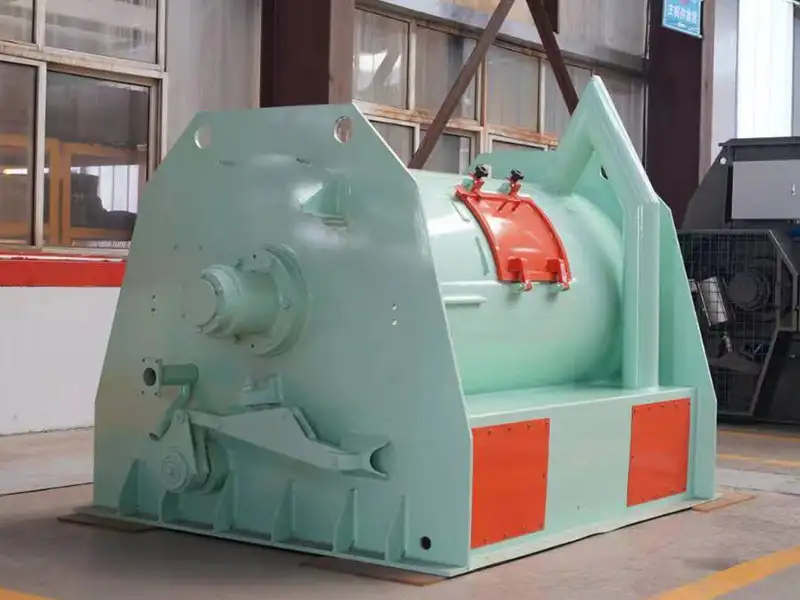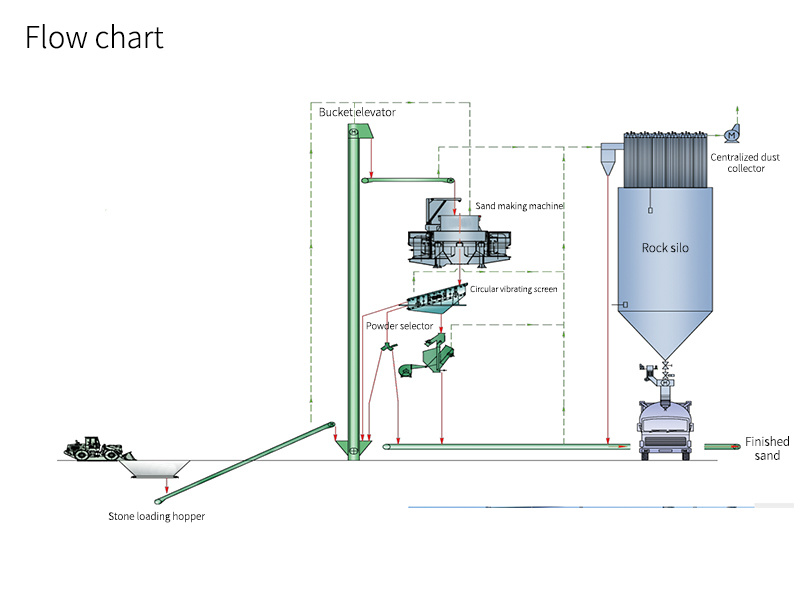




Description
The sand making machine operates by accelerating materials through a high-speed rotor. The materials are then thrown against a solid anvil or rock shelf, where they are crushed and shaped into sand particles. The crushed materials are then screened to ensure the desired particle size.
Applications
● Construction: Producing high-quality sand for concrete and asphalt mixtures.
● Mining: Crushing and shaping ores and minerals.
● Metallurgy: Processing metal ores and slag.
● Chemical Engineering: Producing fine particles for chemical processes.
Advantages
High production efficiency, strong adaptability of raw materials, good crushing size, high durability and many advantages. The transmission part adopts a special sealing structure to prevent the bearing simple oil leakage, reduce the transmission system failure, the crushing method is divided into stone beating, stone beating, and the mixed sand making machine, to achieve the finished sand shaping function, reduce the needle sheet sand, improve the finished sand roundness. Reasonable selection according to the production use, equipped with oil temperature protection, computer independent protection, strengthen the protection of the main engine, in the case of abnormal monitoring of the sand making machine, automatic alarm and start and stop, maximize the protection of the sand making machine, increase the life of the equipment; The structure and process of the impeller and the surrounding protection plate are adjusted, and the service life of the impeller part is improved compared with that of the previous equipment under the condition of crushing the same material.
Its technical parameters are as follows:
Model | Maximum feed size/mm | Power/kw | Production capacity/(t/h) | External dimensions | Weight/T |
L*W*H/mm | |||||
VK70 | 45 | 160kw*2 | 200-250 | 4500*2470*3270 | 16.8 |
VK100 | 45 | 220kw*2 | 250-350 | 4600*2995*3200 | 18.2 |
VK120 | 45 | 250kw*2 | 300-400 | 4600*2995*3200 | 18.5 |
VK150 | 45 | 280kw*2 | 350-450 | 4600*3000*3365 | 19 |
TAG:
Sand Making Machine





Contact Us
Classification
Customer visits

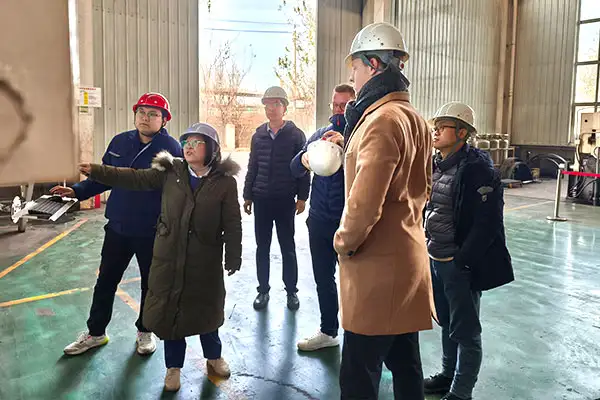
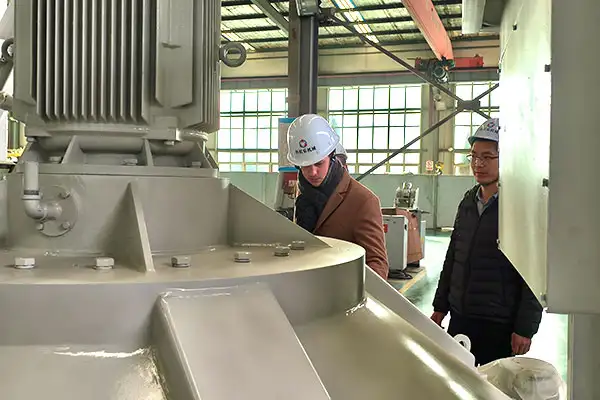
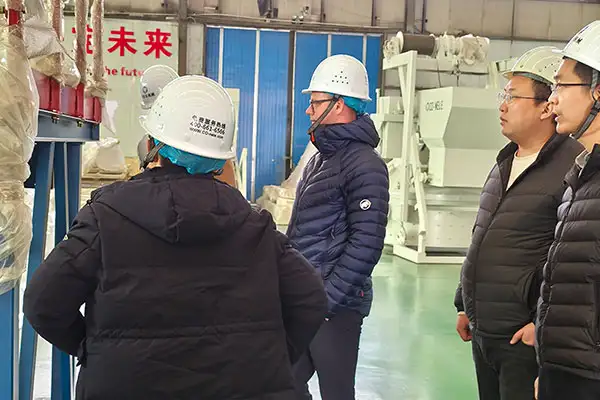
Packaging and Shipping
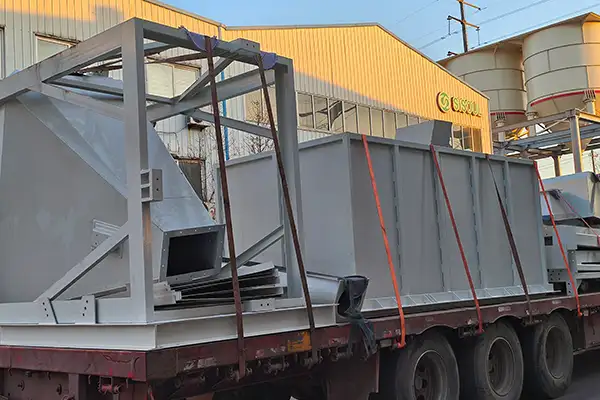
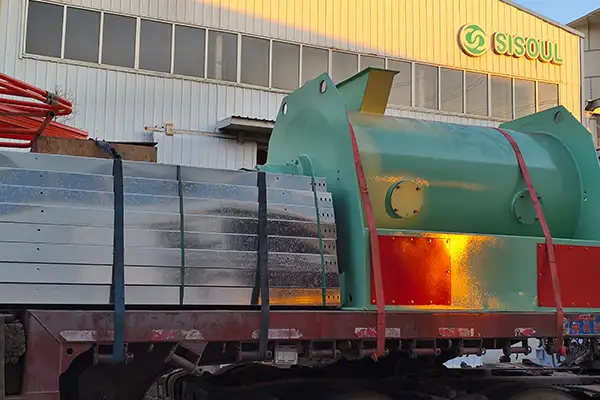
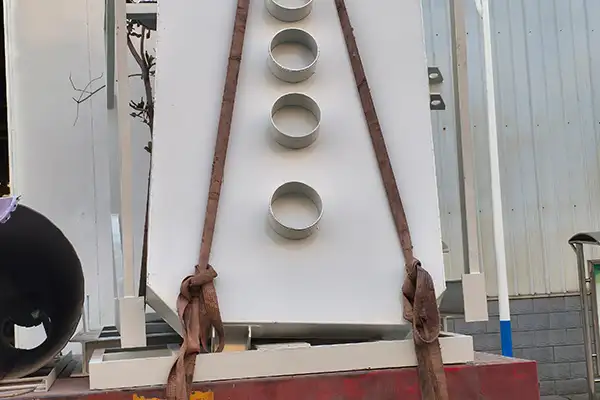
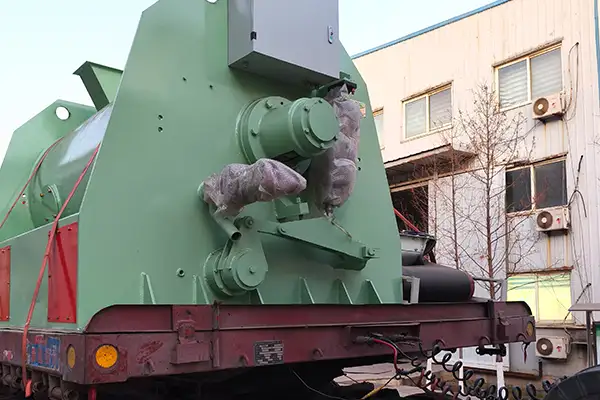
FAQs
My site is not in an ordinary location. Could you provide a corresponding plan to build a dry mortar production line for me?
What sand-making equipment is used in the dry mortar production line?
What kind of sand making machine are you using? Is the crushing effect good?
What should I do if the aggregate conveyed by the belt is uneven?
What problems will occur with dry-mix mortar admixtures in high-temperature weather?
What problems will occur with dry-mix mortar raw materials in high-temperature weather?
Can engineers be sent to our site for installation and training?
What is the positioning and cost performance of your products?
Are you a factory, a design company, or a trading company?
Can you provide technical and process guidance?
I don't have the formula, can you send me one?

